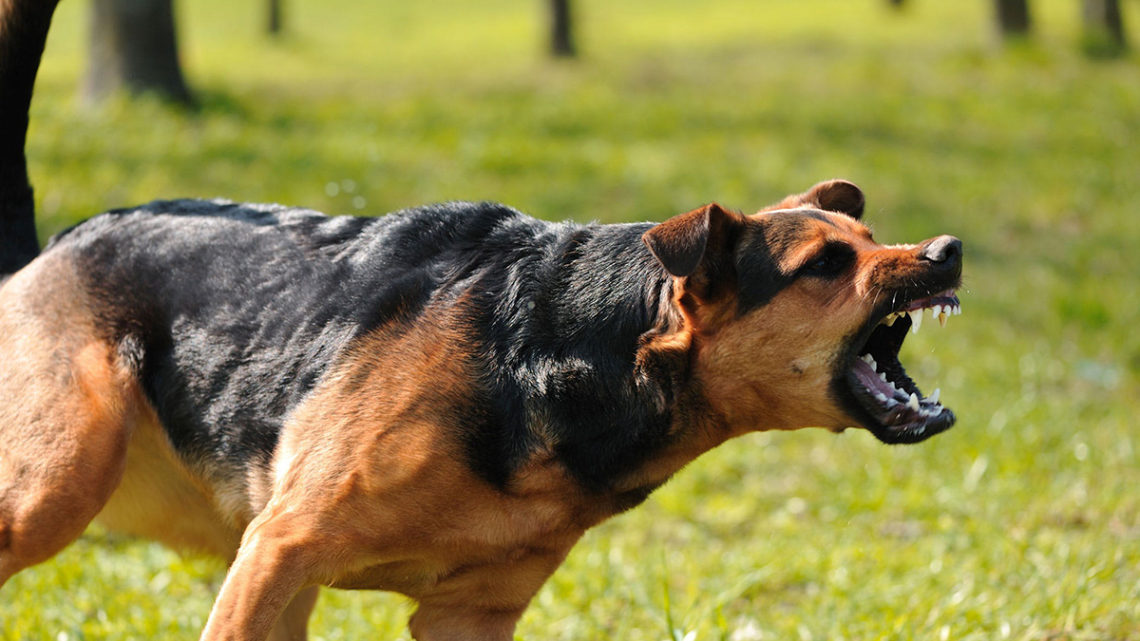Rescue Tails / When Dogs Bite
By Cathy Baier
Dogs Bite! They have teeth, they have bad moments, and bad things happen to good dogs and good people. These are hard truths that dog guardians, canine professionals, and our society sometimes must face. But that doesn’t mean we can’t strive to improve the situation!
Our animal control officers regularly field emotional calls from people reporting a dog bite or dog attack. The victim is most often a person but can also be another animal or both. Whether a bite is from a dog to a person or dog to another animal, it is almost always upsetting. Depending on the severity of the incident, dog bites and dog fights can cause lifelong physical and emotional trauma to both animals and people, along with potential major financial and legal ramifications. In an effort to maintain both animal and community safety, we thought this might be a worthwhile topic for discussion in the hopes of sparing everyone the heartache of these unfortunate and sometimes tragic events. This week we’re going to touch on some common factors that set the stage for a dog bite. Next week, we’ll address what happens when a bite occurs and specific ways we can help our dogs and community stay safer.
While bites fall under the descriptive umbrella of aggressive behavior, a biting dog is not necessarily an “aggressive dog”. Aggression is simply a strategy that a dog can use to reach a goal. While it is not desirable canine behavior, it is not abnormal. It can serve different functions, occur in different contexts, and be triggered by certain specific conditions. Many dogs are motivated to defend themselves, their territory, or something they value. Some of them have learned through repeated experience to bite in order to accomplish that goal. Others simply respond to a bad moment in time. Even the friendliest dog can resort to surprising behavior if the conditions are right. By becoming aware of scenarios and other factors that contribute to dog bites and dog fights, we stand a better chance of preventing them in the future.
Here are some conditions that are often in play when bites occur:
- Poor management: doors or gates left open, ineffective or insufficient fencing, lack of restraining equipment (collar/leash); any of which increases the likelihood of dogs running loose and getting into trouble.
- Dogs in environments where sensory overload is more likely and human behavior and that of other animals is often unpredictable (bars, restaurants, events, dog parks). The combined stressors of loud noise, activity, crowded spaces, and unfamiliar people and/or dogs can accumulate and push an animal to its threshold for biting more quickly. This “trigger stacking” effect is often a cause of aggression in both humans and animals. Everyone has their breaking point!
- Lack of knowledge of canine body language leading to inappropriate or risky interactions between dogs and people. If a dog is uncomfortable or feels unsafe being approached by another dog or person, they will communicate this unease with their body language in an effort to request greater distance from the “space invader”. If signals such as lip-licks, head turns, yawns, avoidance, or growls go unnoticed or unheeded, a dog may feel they have no other choice but to escalate distance-increasing behavior, resulting in a bite or fight. This is especially relevant if a dog is fearful, insecure, or not well-socialized. Often bites described as happening “out of the blue” were preceded by appropriate canine warnings.
- Fights between dogs triggered by frustration (e.g. inability to gain access to something they want), high levels of arousal/excitement (e.g. arrival of visitors), OR by competition for resources such as toys, food, or attention.
- People breaking up fights or attempting to restrain or capture a fearful or painful animal.
- As we consider the above risk factors for biting, we are provided with information to better manage our dogs and hopefully make wiser choices for them and for ourselves. Next time we will be discussing what happens when a bite occurs and also some tools and resources to set up both dogs and people for greater safety and success while navigating this life together. For more information, contact [email protected] or call (305) 294-4857.



No Comment